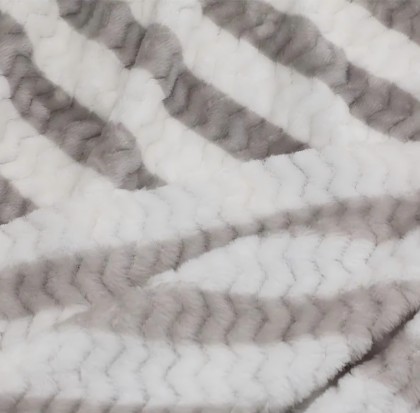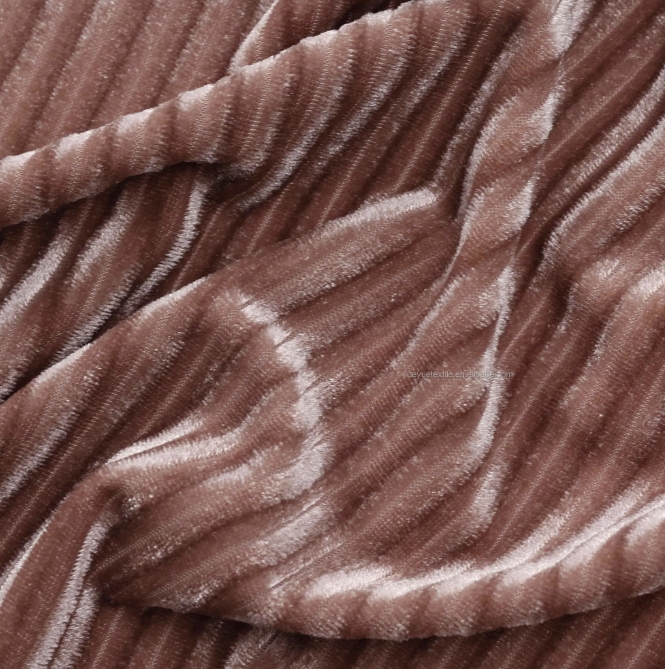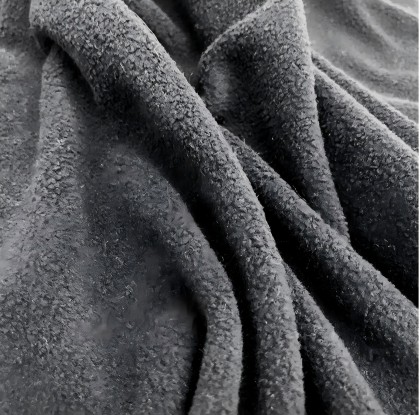You want to clean the microfiber fabric on your favorite chair or sofa, but you feel unsure about where to start. First, find the cleaning code tag. It might say W, S, S-W, or X. This small step can save you stress and help you avoid damage. Microfiber stands up to daily life and looks great with the right care. Once you know your code, you can tackle dirt and stains with confidence.
Preparation
Check Cleaning Code
Before cleaning microfiber fabric, look for the cleaning code tag on your furniture. You can usually find this tag under the seat cushions or along the bottom edge. The code tells you what kind of cleaner is safe to use:
| Code | What It Means | What You Can Use |
|---|---|---|
| W | Water-based cleaner | Mild soap and water |
| S | Solvent-based cleaner | Rubbing alcohol, solvent |
| S-W | Water or solvent-based | Both options |
| X | Vacuum only | No liquids allowed |
Tip: Always test any cleaner on a hidden spot first. This helps you avoid surprises.
Knowing your code helps you pick the right method. If you skip this step, you might damage the fabric or leave stains behind.
Gather Supplies
Get your cleaning tools ready before you begin. Here’s a handy checklist:
- Vacuum with upholstery attachment
- Mild dish soap
- Rubbing alcohol (for S or S-W codes)
- White microfiber cloths or sponges
- Soft-bristled brush
- Spray bottle
- Baking soda (for odors)
- Magic Eraser (for tough spots)
You want to vacuum the entire surface first. This removes dust, crumbs, and pet hair. If you skip vacuuming, dirt can rub into the fabric and make stains worse. After vacuuming, you’re ready to clean microfiber fabric safely and easily.
How to Clean Microfiber Fabric

General Cleaning
Ready to freshen up your upholstery? You can clean microfiber fabric with just a few simple steps. First, check your cleaning code. This tells you what method works best.
For W and S-W Codes (Water-Based Cleaning):
- Mix a small amount of mild dish soap with warm water. Swirl your hand in the bowl to create suds.
- Dip a clean white microfiber cloth into the suds. Squeeze out extra moisture so the cloth feels damp, not wet.
- Wipe the fabric gently in small sections. You want to lift dirt without soaking the material.
- Rinse your cloth often and repeat until the area looks clean.
For S Code (Solvent-Based Cleaning):
- Pour undiluted rubbing alcohol into a spray bottle.
- Lightly mist a small area of the fabric. Don’t drench it—just a light spray.
- Use a white cloth or soft brush to scrub gently. Work in circles to loosen grime.
- Let the spot air dry. Alcohol evaporates quickly, so you won’t need much time.
For X Code (Vacuum Only):
- Skip liquids. Use your vacuum’s upholstery attachment to clean microfiber fabric. Move slowly to pick up dust and crumbs.
Tip: Always work in small sections. This helps you avoid over-wetting and keeps the fabric looking fresh.
Drying and Fluffing
After you clean the microfiber fabric, let it dry completely. Open a window or turn on a fan to speed up the process. Never use a hair dryer or heater directly on the fabric. High heat can damage the fibers.
Once the area feels dry, grab a soft-bristle brush. Gently brush the surface in one direction. This step fluffs up the fibers and restores the soft, velvety feel you love.
If you see any water rings or stiff spots, don’t worry. Brush the area again, and the texture should bounce back.
Note: If your furniture has removable covers, let them air dry flat. Avoid direct sunlight to prevent fading.
Cleaning your upholstery doesn’t have to be stressful. With these steps, you can clean microfiber fabric and keep it looking great for years.
Spot Cleaning

Water-Based Stains
Spills happen. Maybe you dropped juice or water on your couch. If your cleaning code says W or S-W, you can handle these stains with ease. First, grab a bowl and mix a few drops of mild dish soap with warm water. Swirl your hand to make suds. Dip a clean white cloth into the suds, not the water. Blot the stain gently. Do not rub. Rubbing can push the stain deeper into the fabric.
Tip: Always blot from the outside of the stain toward the center. This keeps the stain from spreading.
Keep blotting until the stain lifts. Use a dry cloth to soak up extra moisture. Let the spot air dry.
Solvent-Based Stains
Some stains need a different approach. If you see ink, marker, or greasy spots, check for an S or S-W code. Fill a spray bottle with rubbing alcohol or cheap vodka. Lightly spray the stained area. Take a white cloth or soft brush and gently blot the spot. Alcohol dries fast, so you do not need to worry about soaking the fabric.
Note: Always test the alcohol on a hidden spot first. Some colors may fade.
Let the area dry. Brush the fibers to keep them soft.
Tough Stains
Sometimes stains just will not budge. For stubborn spots, try a Magic Eraser. Wet it slightly and dab the stain. For sticky or greasy messes, you can use a tiny bit of dishwasher soap. If you find gum or wax, scrape it off gently with a spoon or dull knife before you clean the microfiber fabric. For grease, a small spray of WD-40 can help, but use it with care.
- Always blot, never rub.
- Avoid over-wetting the fabric.
- Work in small sections for best results.
Remember: Patience pays off. Take your time, and your upholstery will look fresh again.
Odor Removal & Maintenance
Remove Odors
Microfiber can trap smells from pets, food, or daily use. You want your furniture to smell fresh, right? Try this easy trick. Sprinkle baking soda over the surface. Let it sit for at least 15 minutes. Baking soda absorbs odors like magic. Afterward, vacuum it up with your upholstery attachment.
If you need a quick fix, fill a spray bottle with vodka. Lightly mist the fabric. Vodka kills bacteria and helps remove smells. Don’t worry—the scent disappears as it dries.
Tip: Always test any spray on a hidden spot first. You want to make sure it won’t change the color.
Keep Fresh
You can keep your microfiber upholstery looking and smelling great with a few simple habits.
- Vacuum and brush regularly. Dirt and dust build up fast. Use your vacuum’s upholstery tool once a week. Brush the fabric with a soft-bristle brush to keep the fibers fluffy.
- Wash removable covers. If your cushions have zippers, take off the covers. Wash them in cold water with mild detergent. Skip the fabric softener. It can leave a residue and make the fabric stiff.
- Prevent clumping. Microfiber can clump if it gets too wet. Avoid soaking the fabric. If you notice clumps, mix a little vinegar with water and lightly mist the area. Brush it out once dry.
- Set a cleaning schedule. Mark your calendar for a quick clean every week and a deeper clean every few months. This keeps your furniture fresh and helps you spot stains early.
Note: Regular care makes it easier to clean microfiber fabric and keeps your furniture looking new.
You now know how to keep your microfiber furniture looking fresh. Just remember to check the cleaning code, gather your supplies, and vacuum often. Tackle stains right away and let your fabric dry fully. Stick to these steps, and your couch will stay soft and clean for years. A little effort goes a long way in protecting your favorite spot at home!




